
Cold Weather, Warm Hearts: Reconnecting with Your Partner as the Seasons Change
As the days get shorter, many couples feel an unexpected chill in their connection. This post explores why seasonal change can create emotional distance — and how to rekindle warmth and closeness when love feels quiet.

When Gratitude Feels Forced: Finding Authentic Thankfulness During the Holidays
Gratitude isn’t always easy — especially when the holidays bring stress, grief, or exhaustion. This post explores how to find genuine thankfulness when “be grateful” feels more like pressure than peace.

Why We Avoid the Quiet: How the End of the Year Silences Us and What to Do About It
When the noise of the year fades, we’re left with something we often avoid — quiet. But stillness isn’t empty; it’s revealing. This post explores why silence can feel uncomfortable and how embracing it can help you reconnect with yourself before the new year.

When Anxiety Feels Like a Haunted House: A Halloween Take on Mental Health
Halloween is about haunted houses and spooky fun—but anxiety can feel like living in one year-round. Learn how to face your fears, calm your nervous system, and bring light to the “haunted house” of anxiety.

Why Seasonal Depression Hits Harder in Fall—and How Therapy Can Help
As the days grow shorter in fall, many notice their mood slipping. Seasonal depression, or SAD, is common—but it’s treatable. Here’s why it happens and how therapy can help you find light in darker months.

Domestic Violence Awareness Month: Healing the Hidden Wounds of Emotional Abuse
Domestic violence isn’t always physical. Emotional abuse—gaslighting, control, criticism—leaves hidden scars that take time to heal. This October, learn how therapy can support survivors in reclaiming safety, voice, and hope.

ADHD Awareness Month 2025: When to Seek Therapy for Adult ADHD
ADHD doesn’t stop at childhood. October’s ADHD Awareness Month is a chance to understand how symptoms show up in adulthood—and how therapy can provide tools, support, and hope for change.
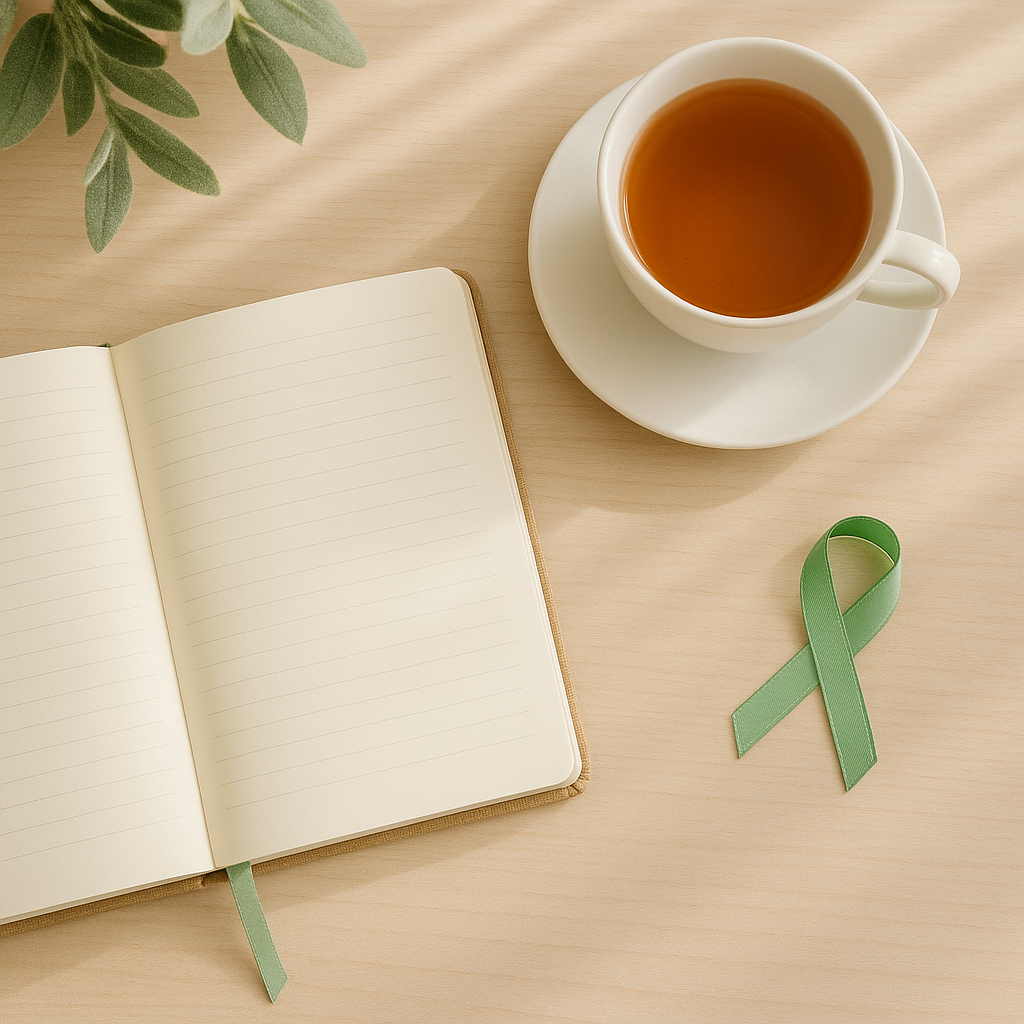
World Mental Health Day 2025: Turning Awareness Into Lasting Self-Care
World Mental Health Day shines a light on mental health struggles across the globe. But true change happens when we turn awareness into daily action. Here’s how to carry self-care beyond October 10.

Panic Attacks: When Your Body Hits the Alarm Button
Panic attacks are overwhelming—but not dangerous. This blog explores what panic attacks are, why they happen, and how to cope in the moment, with resources for long-term support.

IFS and Parts Work: Meeting the Many Sides of You
Internal Family Systems (IFS) therapy views the mind as a collection of “parts,” each with its own role and story. This blog explores how IFS and parts work help us listen to our inner voices with compassion and discover the calm, healing Self at the center.
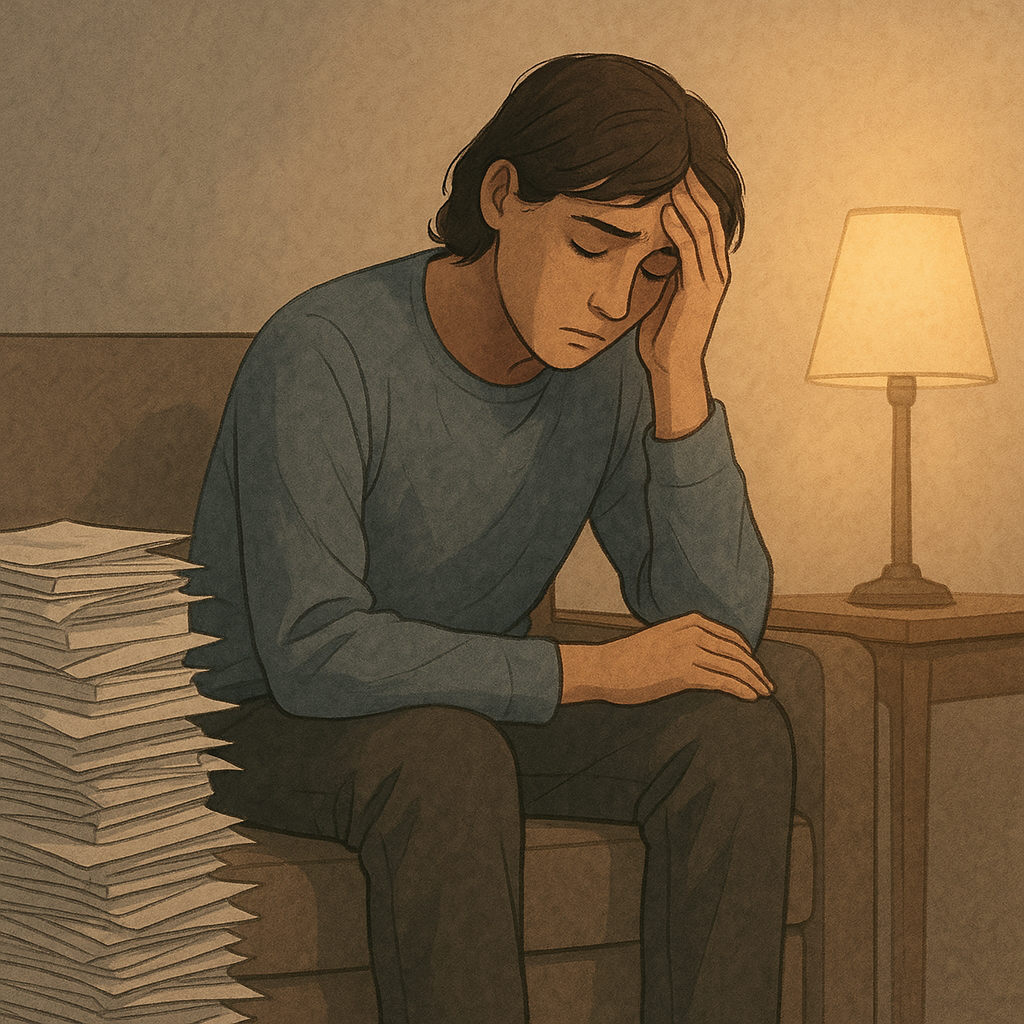
Therapy Fatigue: When Healing Starts to Feel Exhausting
Therapy is powerful—but it can also feel exhausting at times. This blog explores “therapy fatigue,” why it happens, and how to cope without giving up on the healing process.
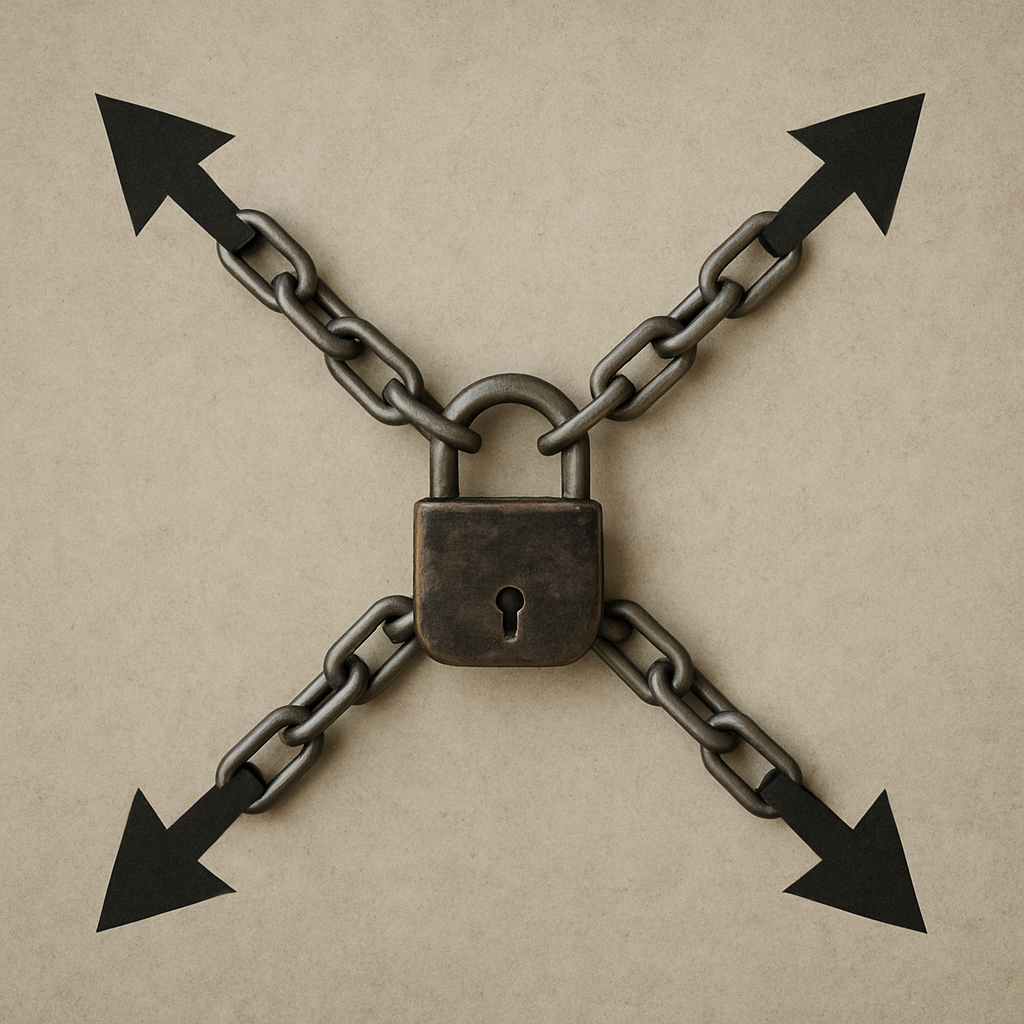
Trauma Bonding: What It Really Means (and What It Doesn’t)
“Trauma bonding” has become a viral buzzword, but it’s often misunderstood. This blog unpacks the real meaning: the powerful attachment that forms in cycles of abuse. Learn what it is, what it isn’t, why it’s so hard to break, and how healing begins.
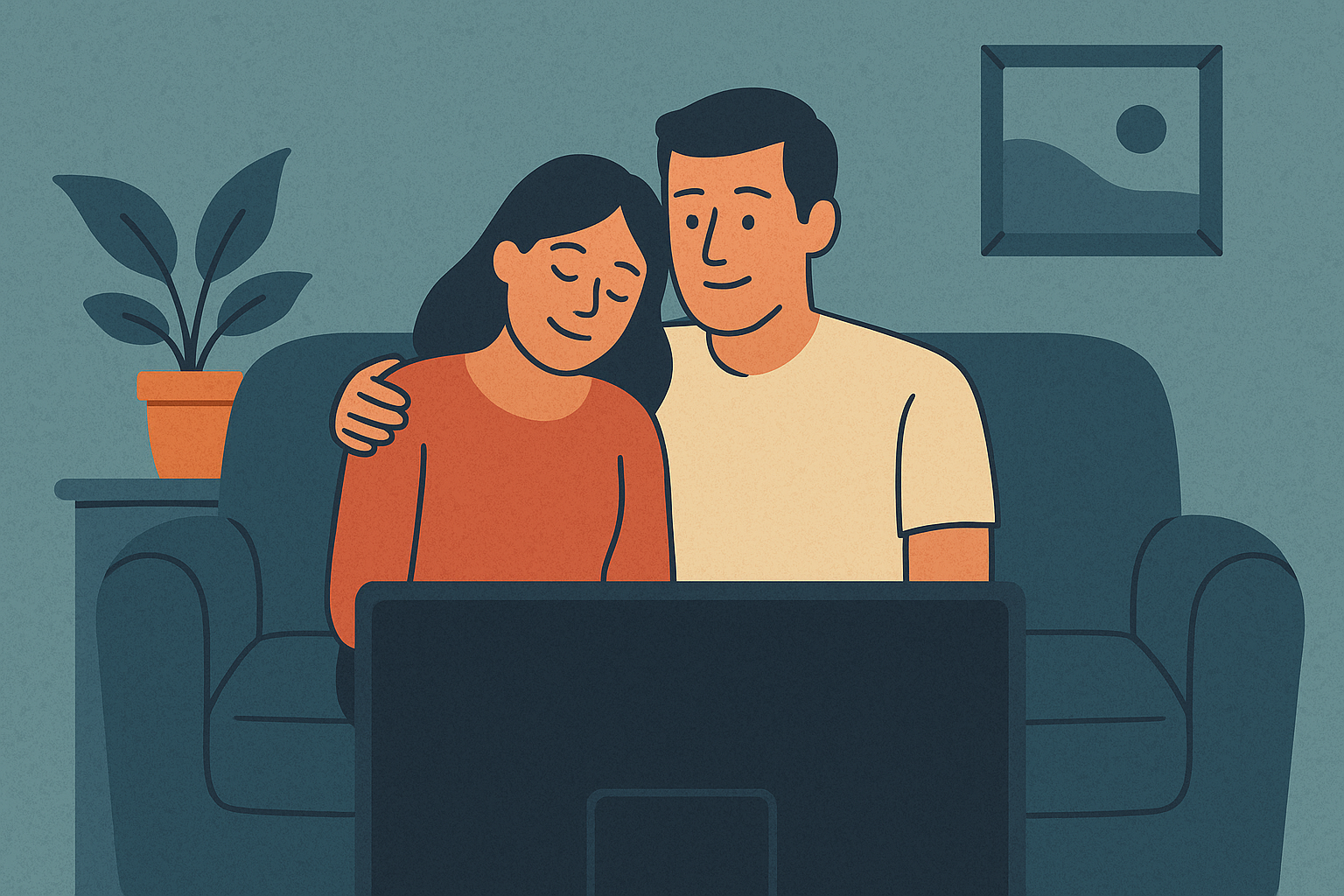
Intimacy vs. Sex: What We See on Screen Isn’t the Whole Story
Movies often show intimacy as perfect, passionate sex—but in real life, intimacy is much more than what happens in the bedroom. This blog explores the difference between intimacy and sex on screen versus real life, and how true connection often grows in the everyday moments.
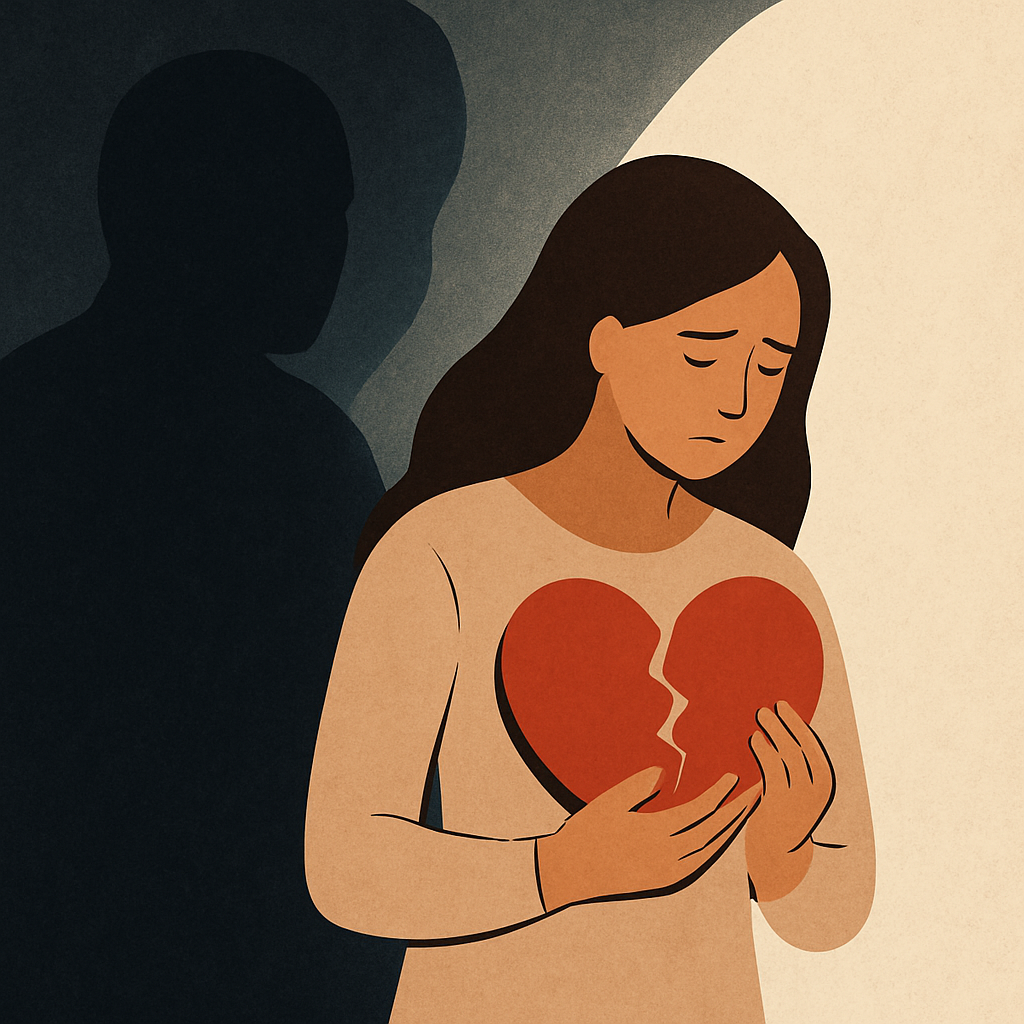
Domestic Violence in Relationships: Naming It, Understanding It, Finding Safety
Domestic violence isn’t always visible—but it always leaves deep wounds. This blog explores the many forms of abuse, why leaving is complex, and the path toward safety and healing, with resources for support.
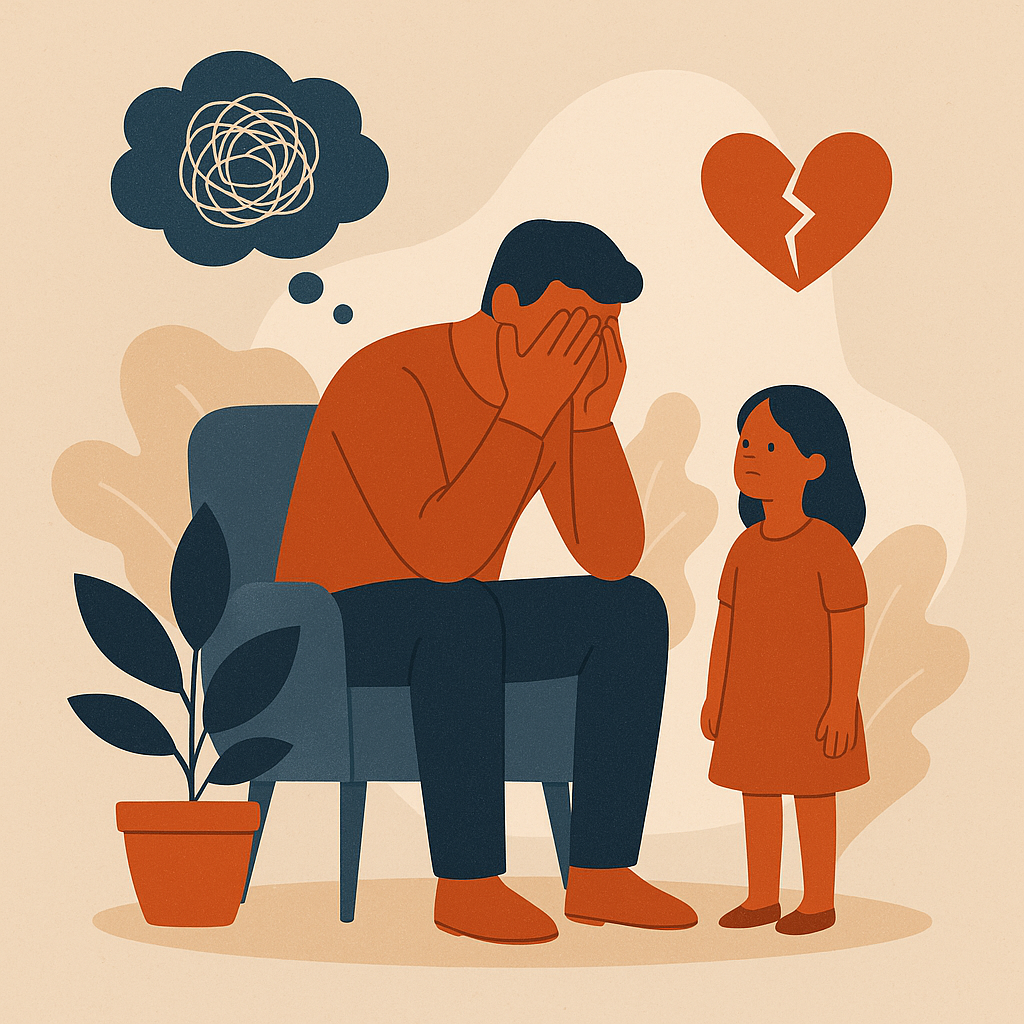
When Parents Stay Children: How Emotional Immaturity Shows Up in Adult Relationships
When parents are emotionally immature, their children often grow up feeling unseen, unheard, or responsible for everyone else. This blog explores how that shapes adult relationships and how healing begins with awareness, boundaries, and self-compassion.
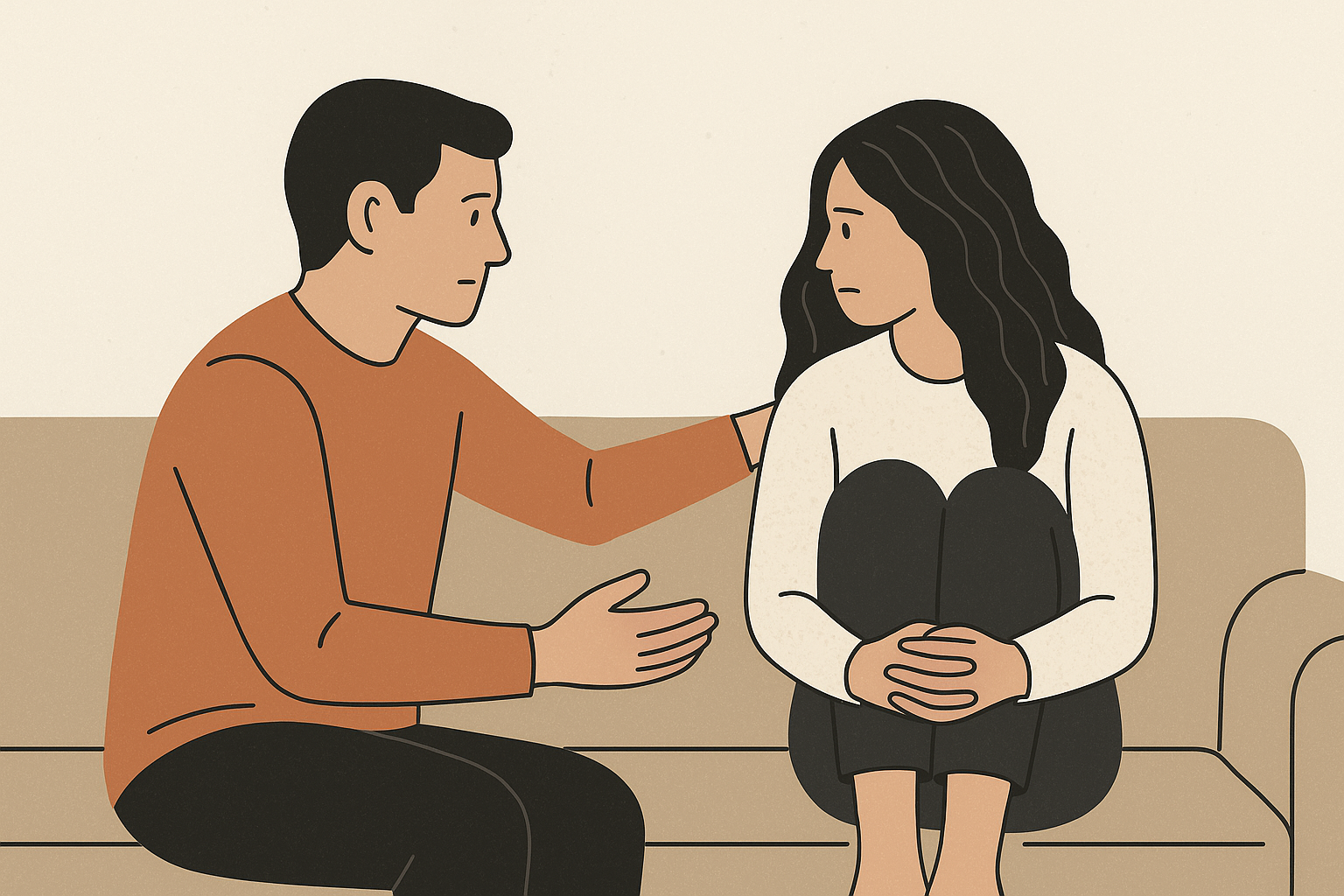
Attachment Styles at Play: Why You React the Way You Do in Relationships
Attachment styles shape how we love, fight, and connect. This post unpacks secure, anxious, avoidant, and disorganized attachment—and offers reflection prompts and hope for building healthier, more secure relationships.

Doomscrolling: When Staying Informed Turns Into Being Consumed
We’ve all been there—scrolling late into the night, chasing one more headline, one more video, one more story. Doomscrolling tricks us into thinking we’re staying informed, but often leaves us anxious, restless, and disconnected. This post explores why we fall into the cycle, what it costs us, and gentle ways to step back without cutting ourselves off from the world.
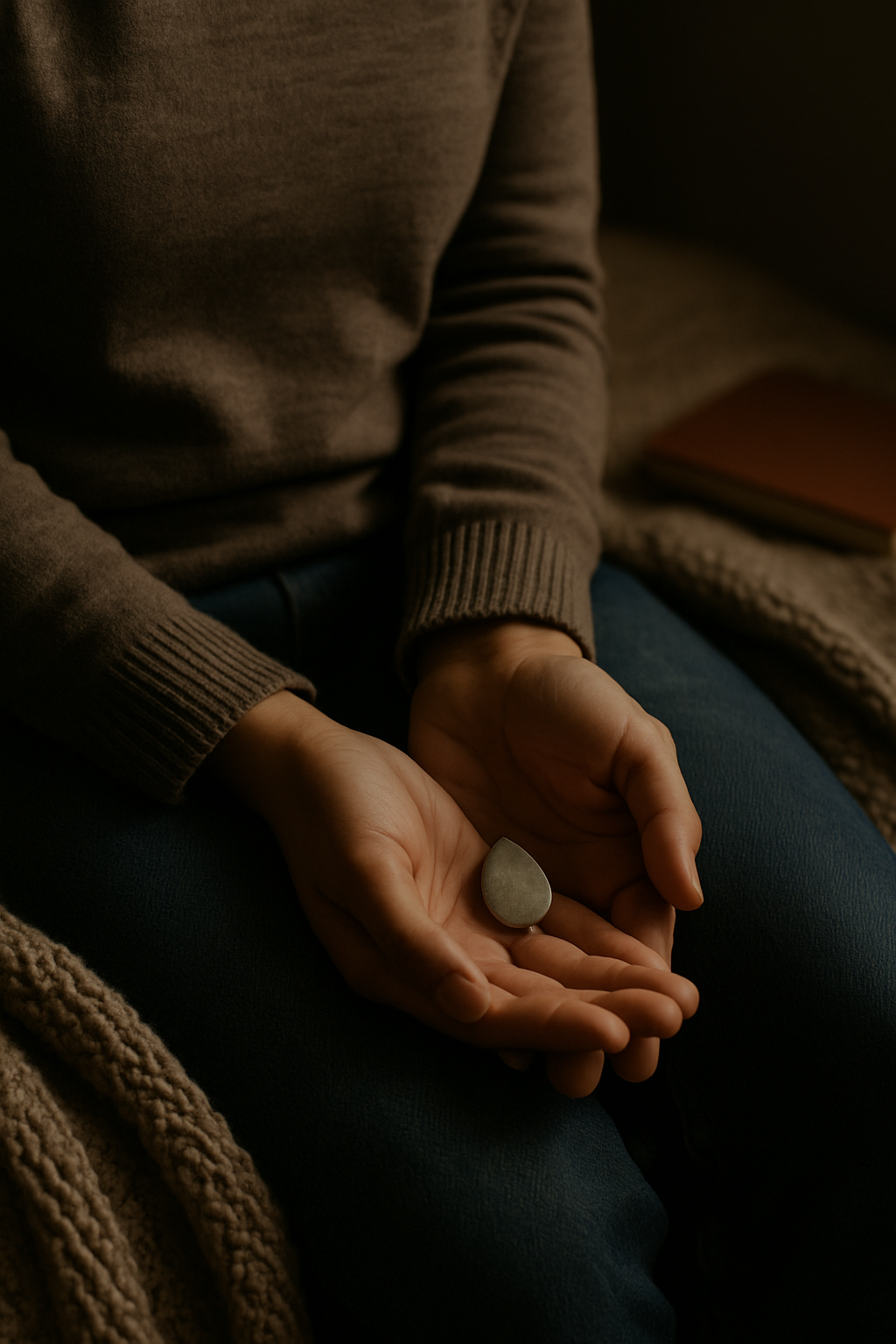
Self-Harm and Passive Suicidal Thoughts: What They Really Mean
Passive suicidal thoughts and self-harm aren’t always about dying—they’re often about surviving intense emotional pain. This post explores what they really mean, why they matter, and how to get support without shame.

Venting vs. Soothing: What’s the Difference, and Why Does It Matter?
Venting and soothing are both important—but they’re not the same. Learn how to tell when you need to express vs. calm your emotions, and why both tools matter in emotional healing.

Not All Coping Skills Are the Same: A Categorized Guide to Managing Stress and Emotions
Coping skills aren’t one-size-fits-all—and you need more than just deep breaths. This categorized list gives you options for physical, emotional, social, and sensory regulation so you can build a toolkit that actually works.
